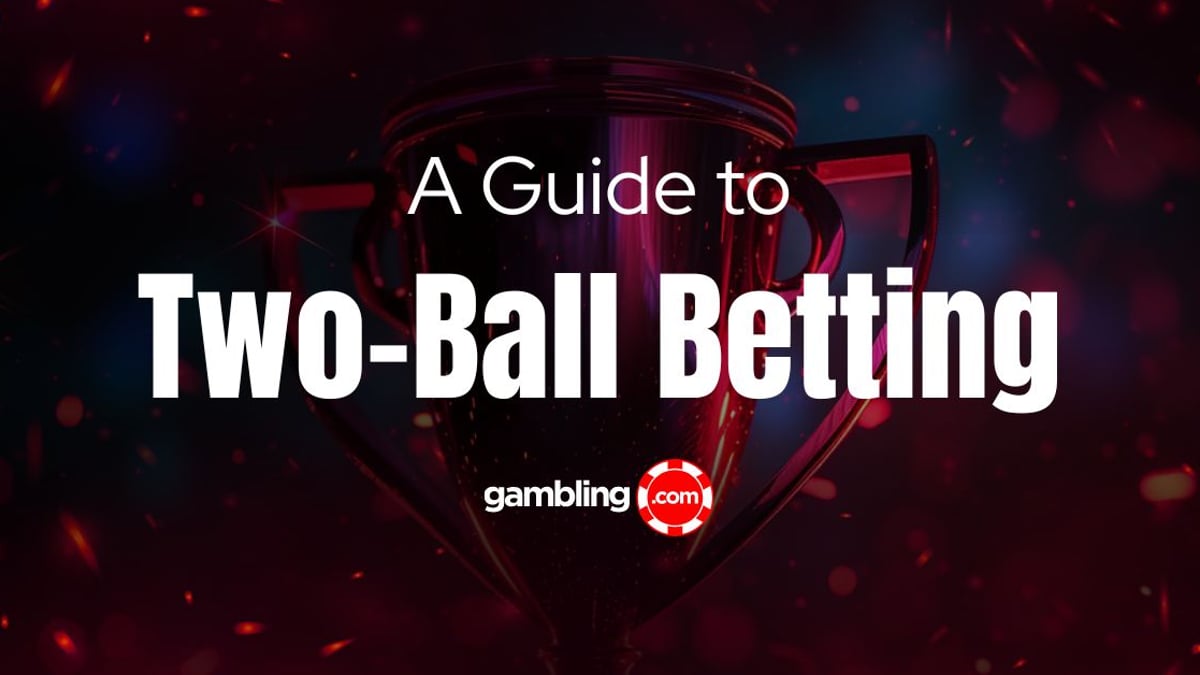Reducing Risk Through Two-Ball & Three-Ball Betting in Golf

The size of a PGA Tour field on any given weekend can range from 120 to 156 players, an overwhelming number for any bettor to fully contemplate, especially when viewing lists on golf betting sites.
Everybody knows the big names that dominate on the golf course—the likes of Rory, Rickie, D.J., and Phil. But in the past, were Kevin Tway, Martin Trainer, and Adam Long all PGA event winners? Not so much.
Not only are the chances of picking a tournament winner long, but surely, everyone had Keith Mitchell at the 2019 Honda Classic, right? Even when Rory McIlroy or Rickie Fowler comes through, the payout on favorites often isn’t worth the risk.
Some golf bettors still swing at it; for others, there are better ways to reduce risk and increase the chances of more regular returns.
- #ad. 18+. Gamble Responsibly. Gambleaware.org. Must be 21+ to participate. T&Cs apply.
What Is Two-Ball & Three-Ball Betting?
The alternatives are bets that sound like golf games: two-ball and three-ball, depending on the size of the player groupings in any given tournament round. Rather than betting on a player to best the entire field, you’re wagering on a player to shoot the lowest score in his two- or three-man group.
The chances of picking winners are significantly increased, and the odds of underdogs in the group are appealing. For example, Golfer A is paired with Golfer B, and his odds may be at +125 to win the matchup.
Odds on two-ball matchups are typically presented in decimal format in Europe and Australia, fractional in the UK, and American (+/-) in the U.S.—but many sportsbooks let you toggle between them.
Players typically tee off in threesomes in the opening two rounds of a tournament, and twosomes in the latter two rounds. Some online betting sites also allow for wagering on a tie, while others void the bet in that instance. Bets can also be voided or impacted should one group player not tee off or withdraw before the round is complete.
What to Consider When Choosing Players for Two- or Three-Ball Bets
Which players should you choose for a two-ball or three-ball bet? While personal preference plays a part, weighing a player’s performance in recent tournaments and showings in that particular event in previous years is essential.
For example, it’s not uncommon for a player in a slump to rediscover his form and regain his confidence on a course where he’s enjoyed success before.
Also, consider which round you are betting on. Early rounds allow more room for underdogs to rise, while final rounds carry a degree of pressure that not every player handles well. It’s also crucial to keep abreast of weather conditions and know the characteristics of a course.
For example, longer courses favor big hitters, while tighter layouts reward accurate iron strikers.
Tips for Two-Ball & Three-Ball Betting
Breaking the immense field into more digestible groups helps a bettor make a more precise assessment and better manage risk. Achieving regular returns in the two-ball or three-ball markets takes research and practice, and savvy golf bettors go in with a strategy of how they want their wagers to be placed.
Some make carefully selected bets, limiting their risk to just those players in a few groups. Others spread their bets across several different pairings or threesomes, with the aim of covering themselves against potential ties. Still more use the two- and three-ball market as a hedge against bigger risk plays.
However you choose to do it, the two- and three-ball markets offer more variety and value, better odds, a better chance of winning, and more fun. They allow bettors to cash tickets, even if a long shot like Keith Mitchell takes home the trophy.
















